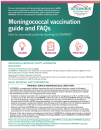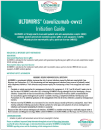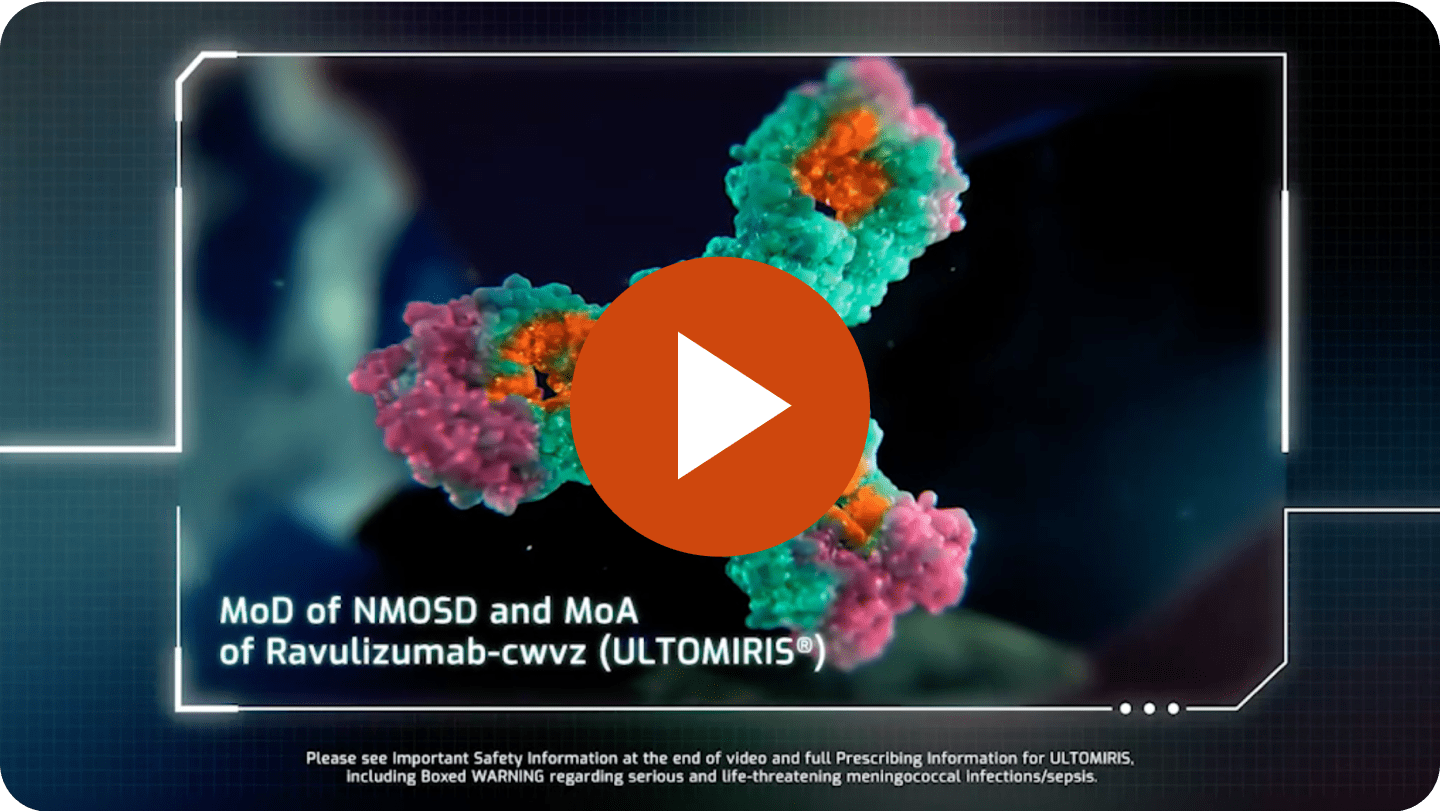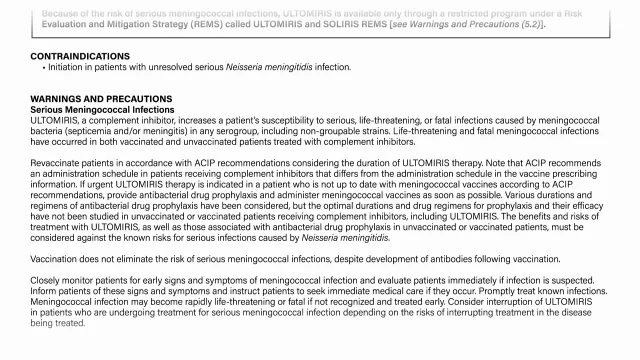-
This site is for
US healthcare professionals only
Resources
Discover tools and resources for your practice and your patients
Filter by category:
Showing: All Resources
Healthcare Professional Resources
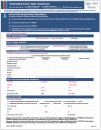
Patient & Prescriber Start Form
Get your patients started on ULTOMIRIS® and enrolled in OneSource™ with this one form.

OneSource
OneSource is a personalized complimentary patient support program that can help navigate insurance, answer questions about ULTOMIRIS, and more.



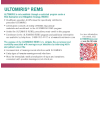
HCP Starter Kit
A selection of resources designed to help you and your practice start your patients on ULTOMIRIS.
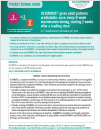
Dosing & Administration Guide
Step-by-step instructions for initiating ULTOMIRIS weight-based dosing.
Patient Resources

Vaccination Card
As part of the REMS program, this card highlights the risk of meningococcal infection for NMOSD patients taking ULTOMIRIS.

Patient Brochure
Information about ULTOMIRIS, including how it works and what can be expected when starting treatment.

REMS Patient Safety Card
Guidance on the risk of meningococcal infection for NMOSD patients taking ULTOMIRIS and provider information, should adverse events occur.
Access Resources
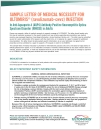
Sample Letter of Medical Necessity
This is a sample letter that may be used to communicate why treatment with ULTOMIRIS is medically necessary.
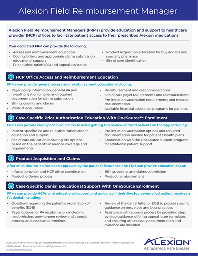
Field Reimbursement Managers
Alexion Field Reimbursement Managers (FRMs) provide education and support to healthcare professional offices to facilitate patient access to their prescribed Alexion medications.
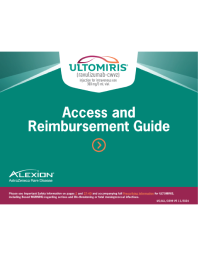
ULTOMIRIS Access & Reimbursement Guide
An access and reimbursement educational support resource for healthcare professionals, healthcare professional offices, and infusion centers that administer ULTOMIRIS.
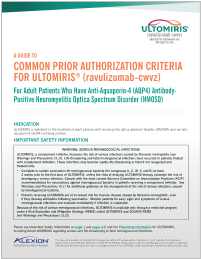
ULTOMIRIS NMOSD Common Prior Authorization Criteria
Presents the common criteria that may be requested by payers for prior authorization of ULTOMIRIS in NMOSD as well as general information about the prior authorization processes.
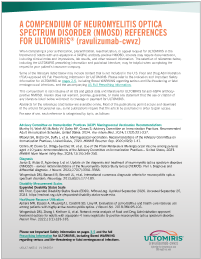
Compendium of NMOSD References for ULTOMIRIS
An overview of references for ULTOMIRIS in NMOSD that is inclusive of the Prescribing Information, FDA approval letter, and other public domain evidence.
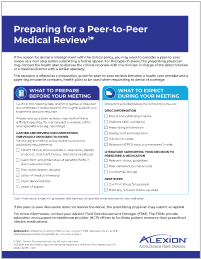
Peer-to-Peer Medical Review
Resource that provides education and support for healthcare professionals, healthcare professional offices, and infusion centers about using a peer-to-peer review as a potential next step before submitting a formal appeal.
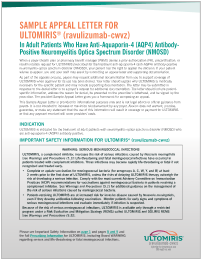
ULTOMIRIS NMOSD Sample Appeal Letter
This templated sample letter provides support to healthcare providers in the appeals process in the event the patient’s health insurance plan denies coverage for ULTOMIRIS in NMOSD.
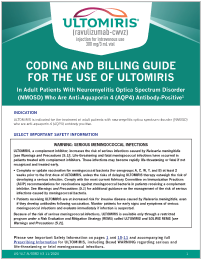
ULTOMIRIS NMOSD Coding & Billing Guide
The ULTOMIRIS NMOSD Coding & Billing Guide contains objective and factual coding, billing, and claims information to support access and appropriate reimbursement for ULTOMIRIS in NMOSD.
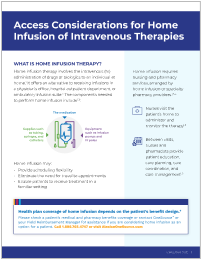
Access Considerations for Home Infusion of Intravenous Therapies
Resource that provides education for healthcare professionals and healthcare professional offices on home infusion access and reimbursement.
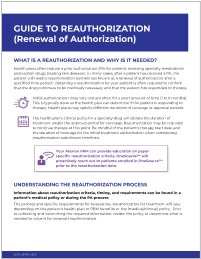
Reauthorization Guide
Resource that provides education and support for healthcare professionals, healthcare professional offices, and infusion centers about the reauthorization process, including health plan requirements and timing implications for reauthorizations.
Videos
ULTOMIRIS Mechanism of Action Video
Watch how ULTOMIRIS inhibits the complement protein C5.1
NMOSD, neuromyelitis optica spectrum disorder; REMS, Risk Evaluation and Mitigation Strategy.
NMOSD, neuromyelitis optica spectrum disorder.
